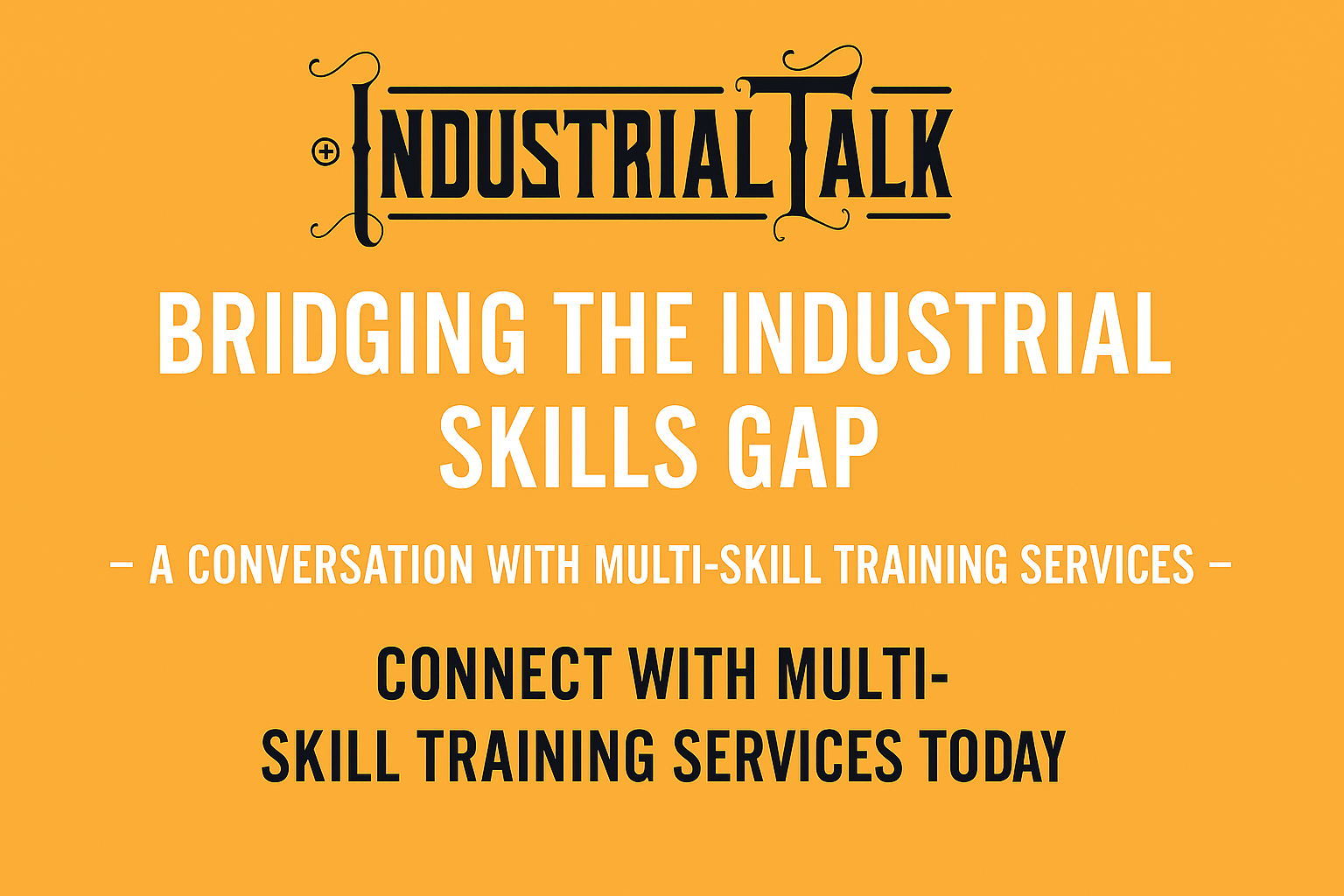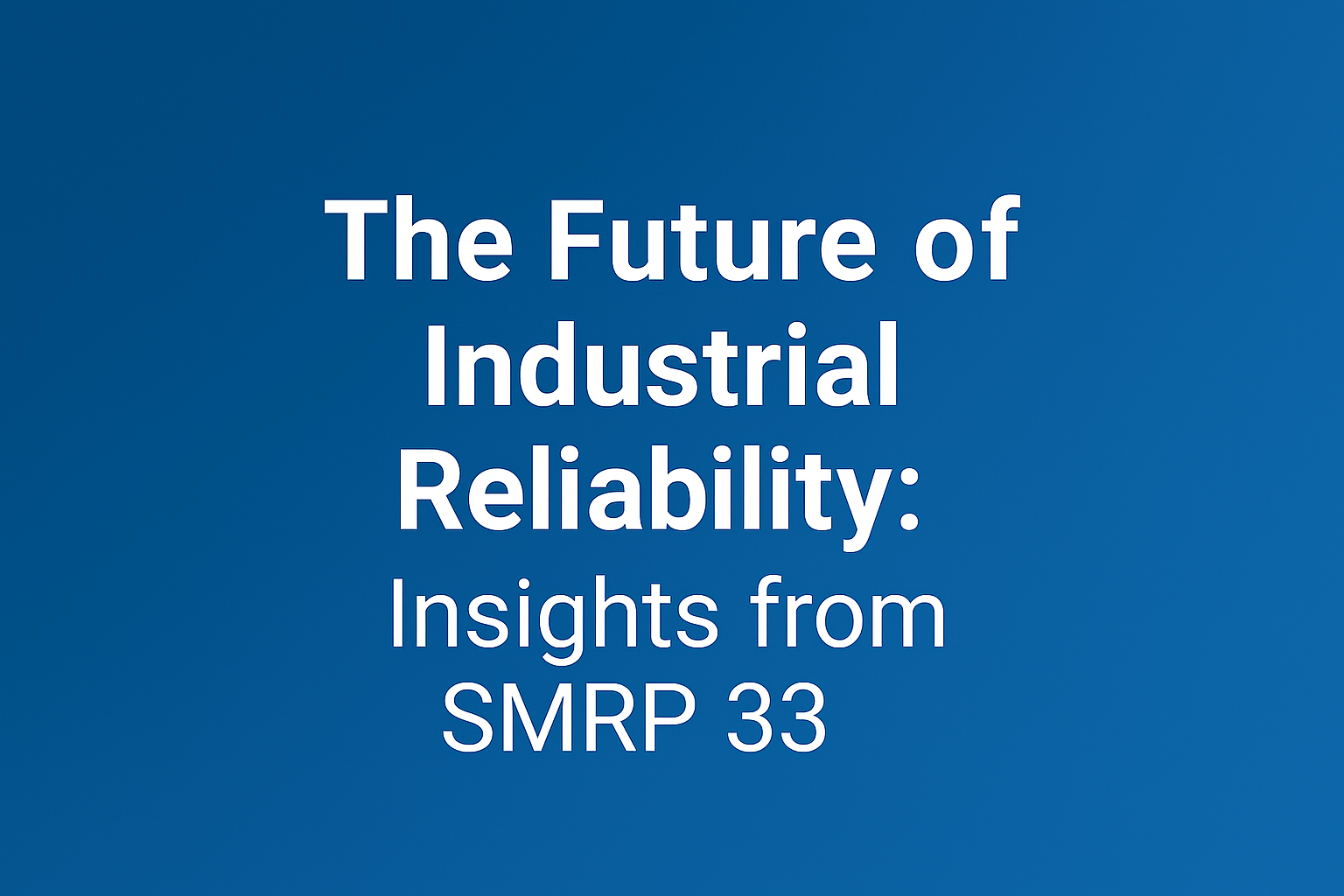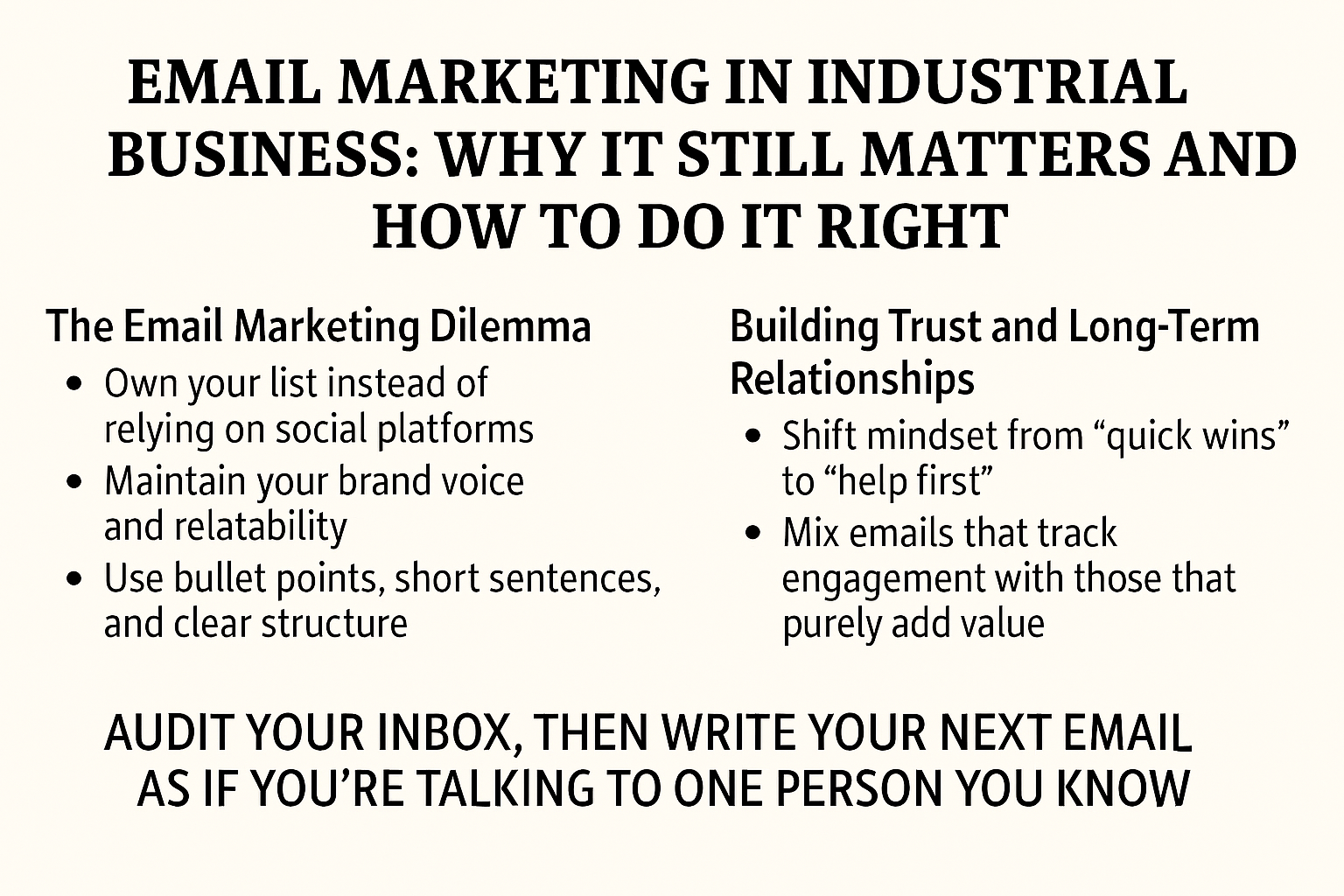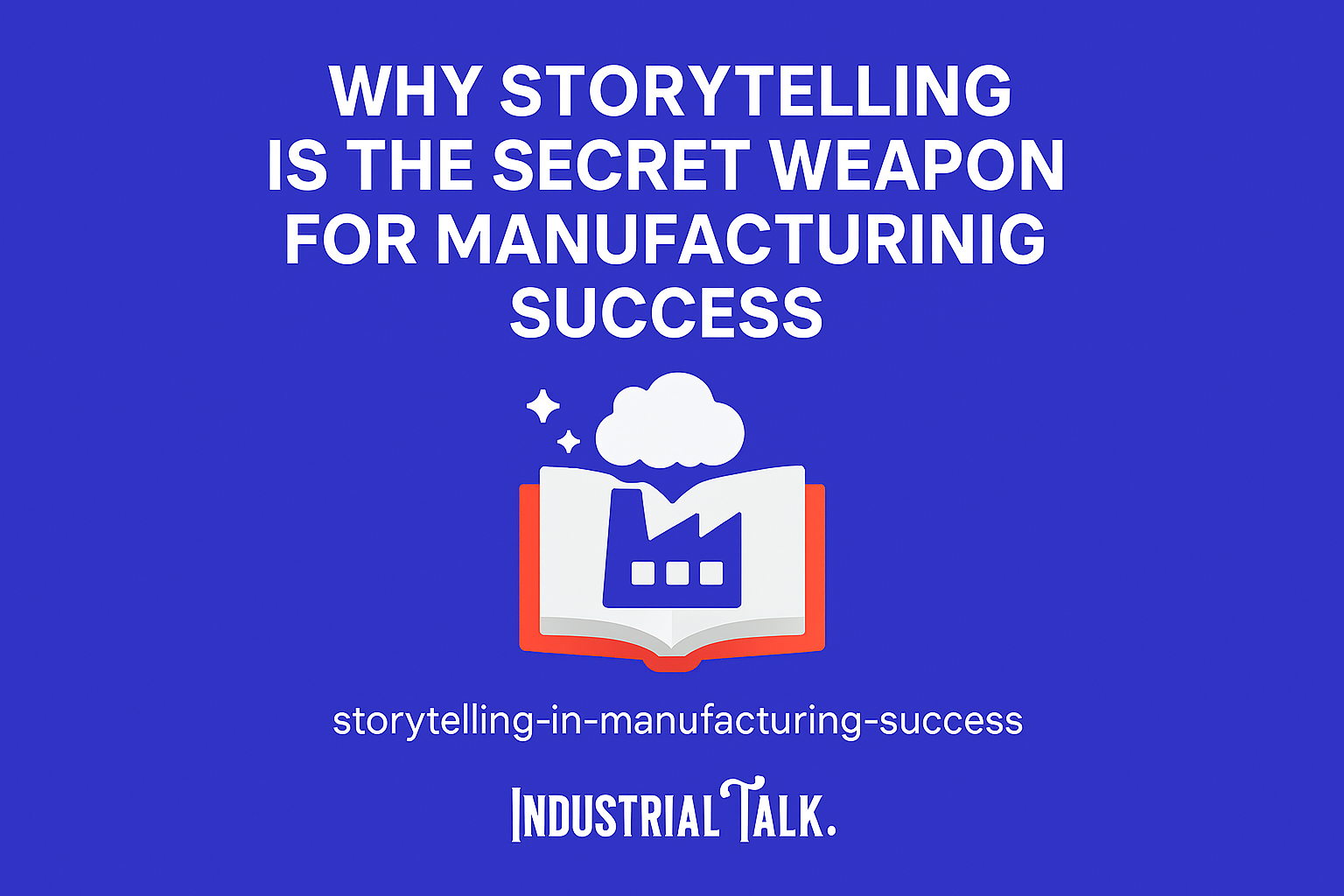Bridging the Industrial Skills Gap

Bridging the Industrial Skills Gap – A Conversation with Multi-Skill Training Services
In today’s rapidly evolving industrial landscape, the need for skilled labor is more urgent than ever. At the SMRP Conference in Fort Worth, Texas, Scott MacKenzie sat down with Ashley Donahue and Darin Gray of Multi-Skill Training Services to discuss how their organization is tackling this challenge head-on.
With over 30 years in the business, Multi-Skill Training Services has built a reputation for customized, plant-specific training that meets the unique needs of each client. Whether it’s electrical systems, PLC troubleshooting, or world-class maintenance foundations, their approach is hands-on, data-driven, and deeply rooted in real-world application.
“We start with a job task analysis,” Ashley explains. “We identify exactly what skills technicians need, then tailor the training to those needs.”
This isn’t one-size-fits-all. It’s precision training designed to close the skills gap and boost ROI for industrial operations across the U.S.
Training That Travels – Flexibility and Expertise in Action
Multi-Skill Training Services doesn’t just offer training—they bring it to you. Based in Kentucky, their team travels nationwide, delivering on-site instruction or shipping equipment and flying in instructors when needed.
Their instructors are seasoned professionals—retired engineers and maintenance managers with decades of experience. Each new trainer undergoes a rigorous onboarding process, including “Train the Trainer” shadowing and hands-on teaching before going solo.
“We’re constantly evolving,” says Darin. “Our curriculum, our equipment, our delivery—it all changes to meet the needs of the industry.”
They also offer online assessments and skill confirmations, empowering supervisors to validate learning outcomes on the plant floor. And yes, refresher courses are part of the package—because if you don’t use it, you lose it.
Inspiring the Next Generation – A Human-Centered Approach to Industrial Growth
As automation and technology reshape manufacturing, the human element remains critical. Multi-Skill Training Services is committed to building a roadmap for the next generation of industrial professionals.
“We give companies a way to take someone with little knowledge and build them up,” Ashley says. “From maintenance fundamentals to advanced controls and hydraulics.”
Founded by a vocational school instructor frustrated with outdated curricula, the company is a living response to the limitations of traditional education. Their model is agile, responsive, and built for the real world.
Call to Action
If you're an industrial leader facing a skills gap, don’t wait. Connect with Multi-Skill Training Services today and start building a workforce that’s ready for tomorrow.
🔗 Visit https://industrialmaintenancetraining.com
📧 Reach out to Ashley Donohoo or Darin Greifenkamp on LinkedIn
📍 Put SMRP 2026 on your calendar – and meet the team in person!



